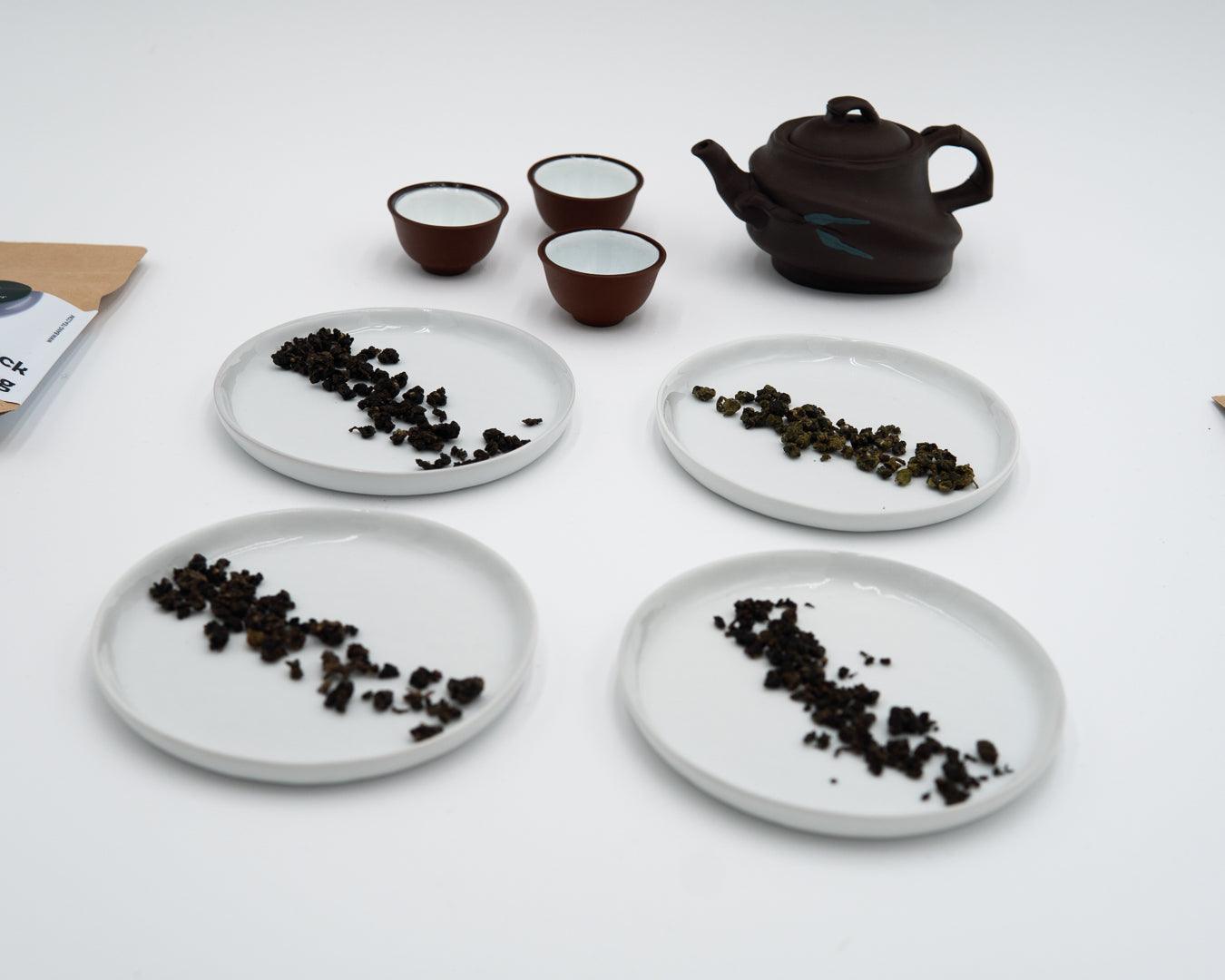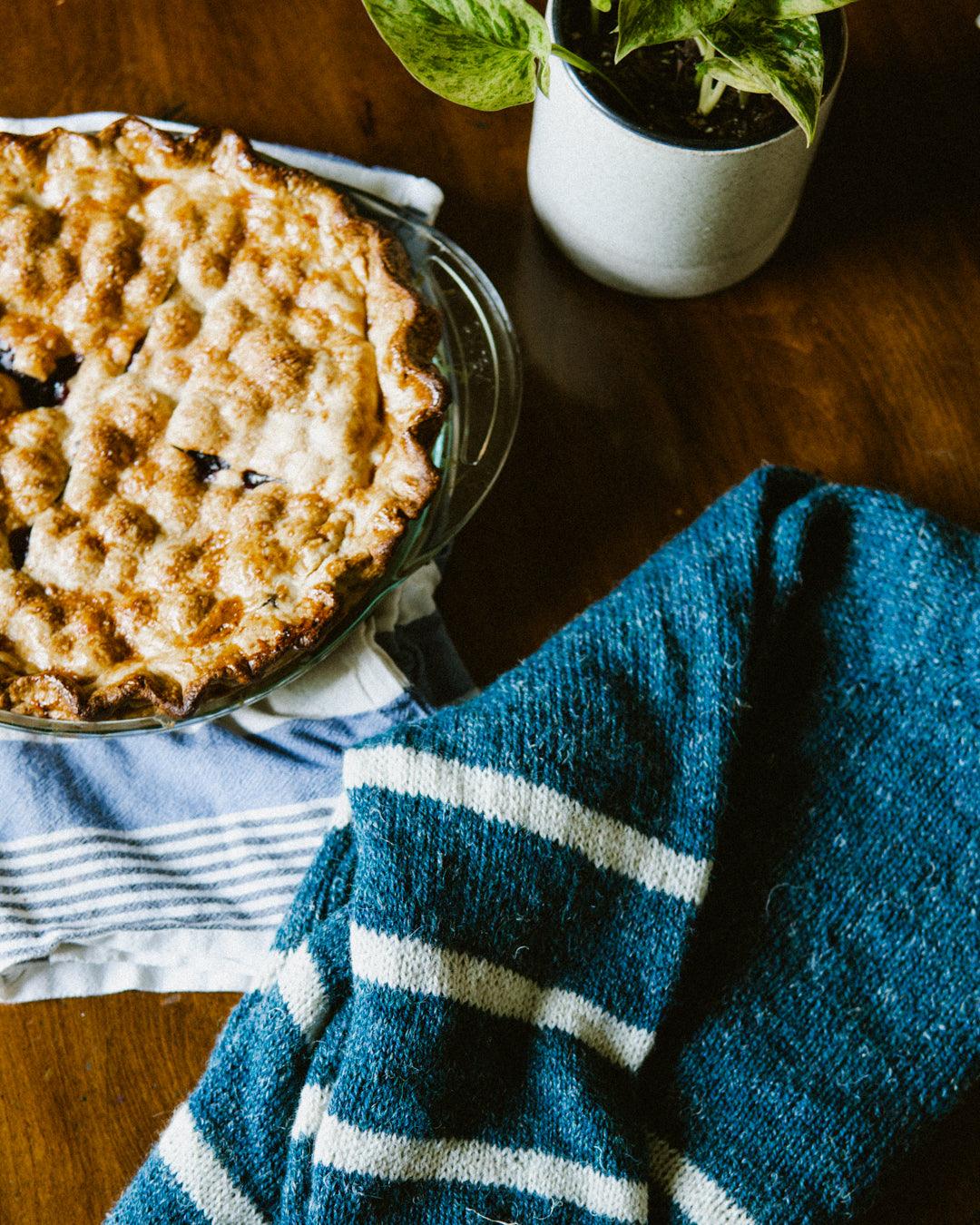How to guide: washing your knits
Carefully washing your hand knits can prevent disasters like color transferring or stretched garments. I don't like to overcomplicate things when it comes to washing, so here is the simple process I follow when I clean my handmade garments and accessories.
When we knit with wool that can't be washed in the machine, there are some special points of consideration when it comes to how to get the really dirty things clean, and all my best tips are in this blog.
Since I started my wool washing experience with cloth diaper covers, and I have two young children who truly get their knits muddy and disgusting, I can promise that this routine gets absolutely everything (and I mean everything) out!
Armed with these tips, you can be sure that you will never need to be too precious with your knits.
I've also included a quick little video showing what I do at the end!
Preparing your supplies
Before you start, you'll need separate sinks or basins for knits if you have some with bright colors in them. I definitely learned this the hard way after a hand-dyed, handspun set of mittens transferred bright golden dye to all the other knits it was washed with.
I also recommend using a color catcher (I use Shout) if your knits have multiple colors within them.
Lastly, you’ll need a wool wash and a place to dry your knits, which can be a blocking mat or simply a clean, dry towel.

Step 1: The part about cleaning with soap.
I like to begin by adding my wool wash to a clean sink or basin, then filling it with lukewarm water.
We like solid wool wash, pictured above, for hand washing, because of how portable and sustainable the packaging is. Plus, it has added lanolin to help condtion your wool.
If I'm using solid soap, I will run the soap under the water and lather it up as the basin fills so the lather melts into the water.
If I'm using a liquid soap, you can just add a few drops into the basin, and run the water over it to mix.

Step 2: Soaking will make your soap more effective.
To clean effectively, all textiles need a combination of the following: water, surfactant (soap or detergent), agitation, heat, and time.
Because some of these ingredients, especially heat and agitation, are also things that felt wool, that lovely fiber we all love to knit... we can't use heat or agitation to wash our knits.
That means we need to increase some of the other factors, namely water and time. You need plenty of water, and plenty of time.
I soak my knits in the water for at least one hour. Wool is naturally water-resistant, so soaking ensures that all the fibers are completely permeated with the soap and water.
If I'm washing something for my kids, I might soak for only 20 minutes the first time, pour the water out, then fill the basin again with fresh water and a little more soap. Sometimes, it takes up to 4-5 soaks to get all the mud and sand out of kid clothing, but for adults, I only ever do so once for an hour.
Step 3: Remove as much moisture as you can.
Once you've done the actual washing part, you can gently squeeze out any excess water over the sink or tub, and roll them up in a dry towel to blot out additional moisture. Be sure not to wring and stretch the knits at any point, as this will distort your stitches.
Another option is to put your knits in the washer on a spin-only cycle. If you've got a front loading machine, you may need to keep an eye on it and make sure it actually moves forward to the spinning part of the cycle instead of just tossing your knits around for ages. And if your piece is particularly heavy, you may need to add a wet towel to balance it.
Step 4: Make sure your knits are absolutely dry.
Then, simply lay your knits flat to dry. You can use blocking mats or a clean, dry towel. If you have small children or pets, you will want to keep your drying knits tucked safely away from their hands and paws. Not many pieces will need formal blocking at this point, but if you have lace details or you wish to pin your knits, then this is the time to do that.
You need to make sure your knits are absolutely bone dry before storage, as even a speck of moisture can result in mold if you store the knits
Once your knits are dry, I like to take this time to check for any holes that may need mend, or sections that need de-pilling. After washing and mending, your hand knits will be in tiptop condition, and are ready stored for the summer season or worn again!
A short video summarizing all the tips




3 comments
Margo, if there’s a break and not a tie, that is possibly a mill problem or carpet beetles, because very rarely will you find a break in the middle!
Natalie, that’s right! So what I mean is that these are the factors that you can increase for ALL laundry cleaning, but in the case of woolens we have to omit heat!
Aimee
Question! My issue is with sock yarn. I’ll find a, one, hole in the sock and no where else in the sock. I’ve also been knitting along and will find a break in the yarn like somewhere in the middle of the cake. Sometimes there is another break farther along in the cake. This only seems to be in certain sock yarns. I’ve no idea at all what this is or where or why. It doesn’t make sense to me. I’ve googled this problem but I can’t get an answer. I sure hope you’re able to help.
Thank you for reading this and I hope you will respond.
Margo
Margo Wheeler
To clarify, in Step 2, third line, you mention factors to increase and I see heat. Just before you mention that heat is not good.
Natalie
Leave a comment
This site is protected by reCAPTCHA and the Google Privacy Policy and Terms of Service apply.